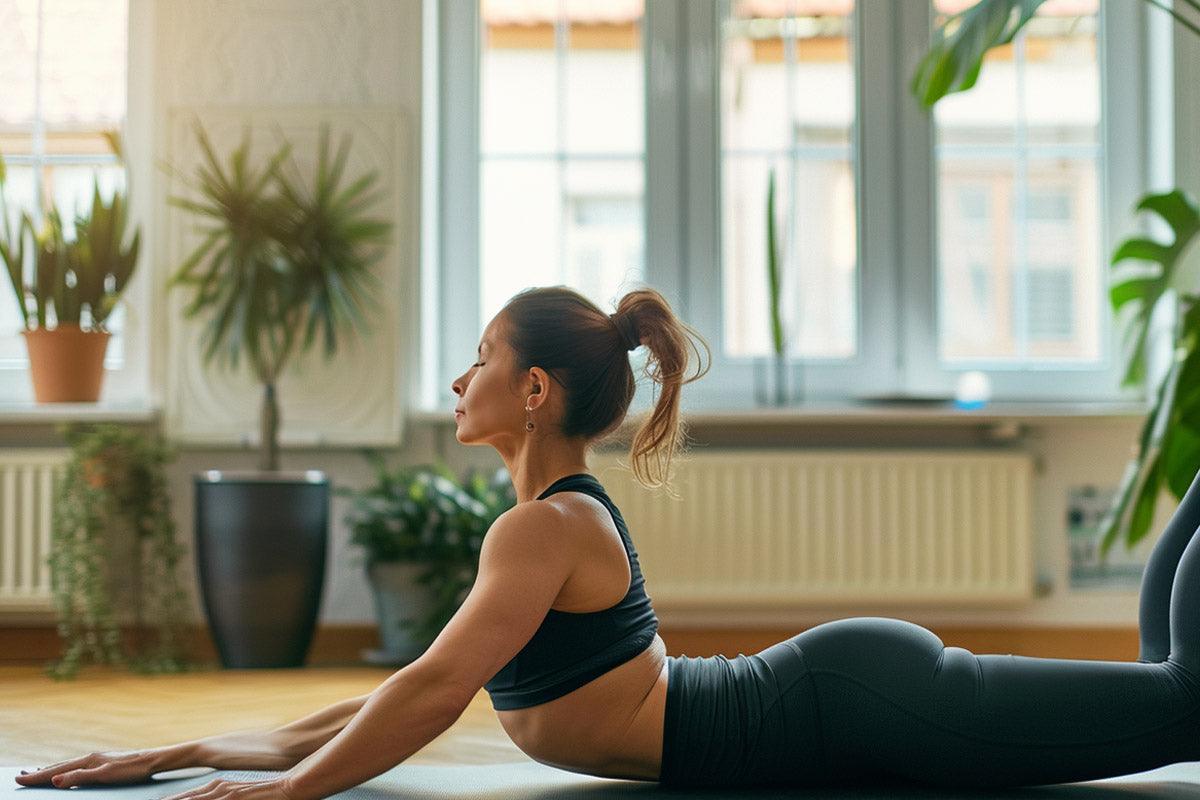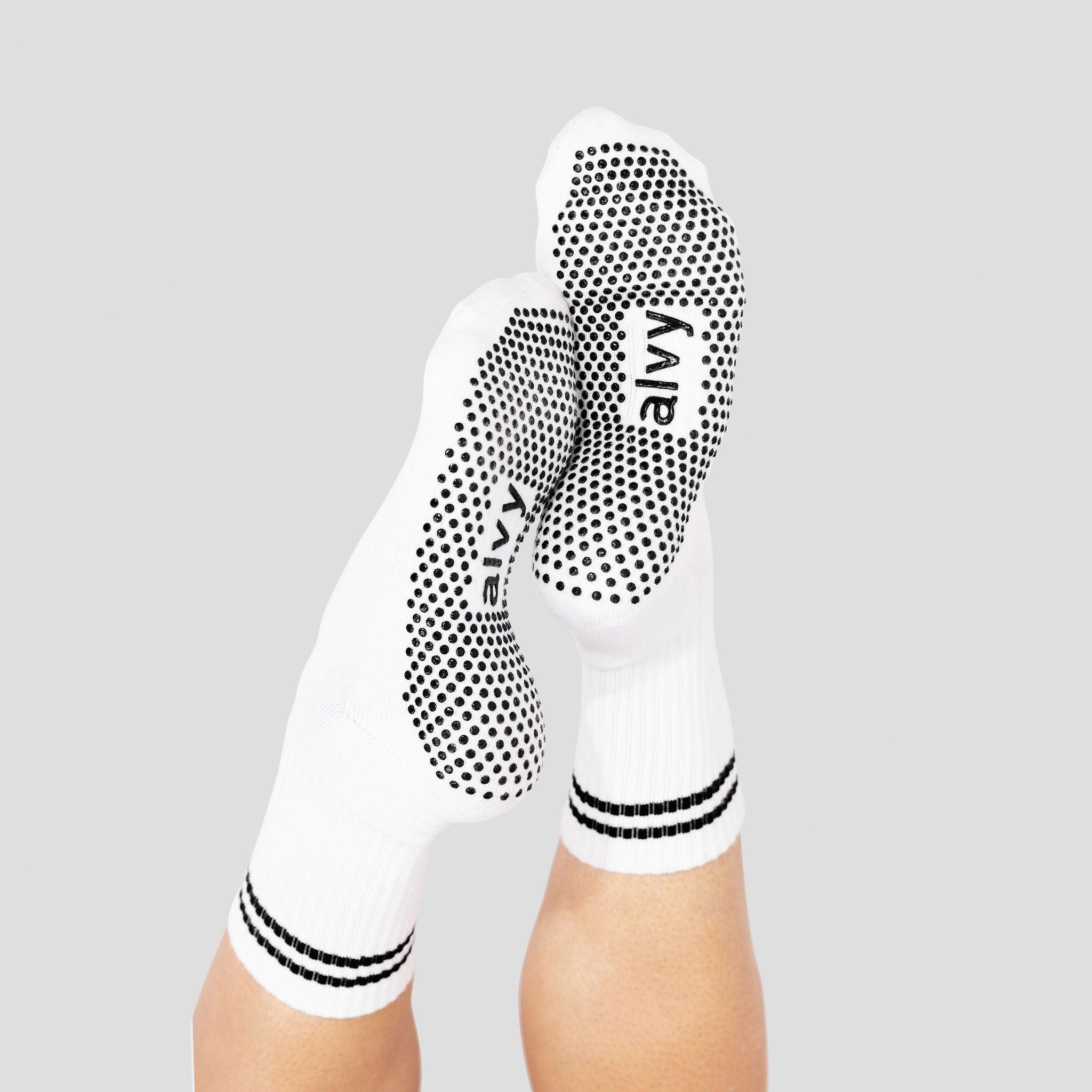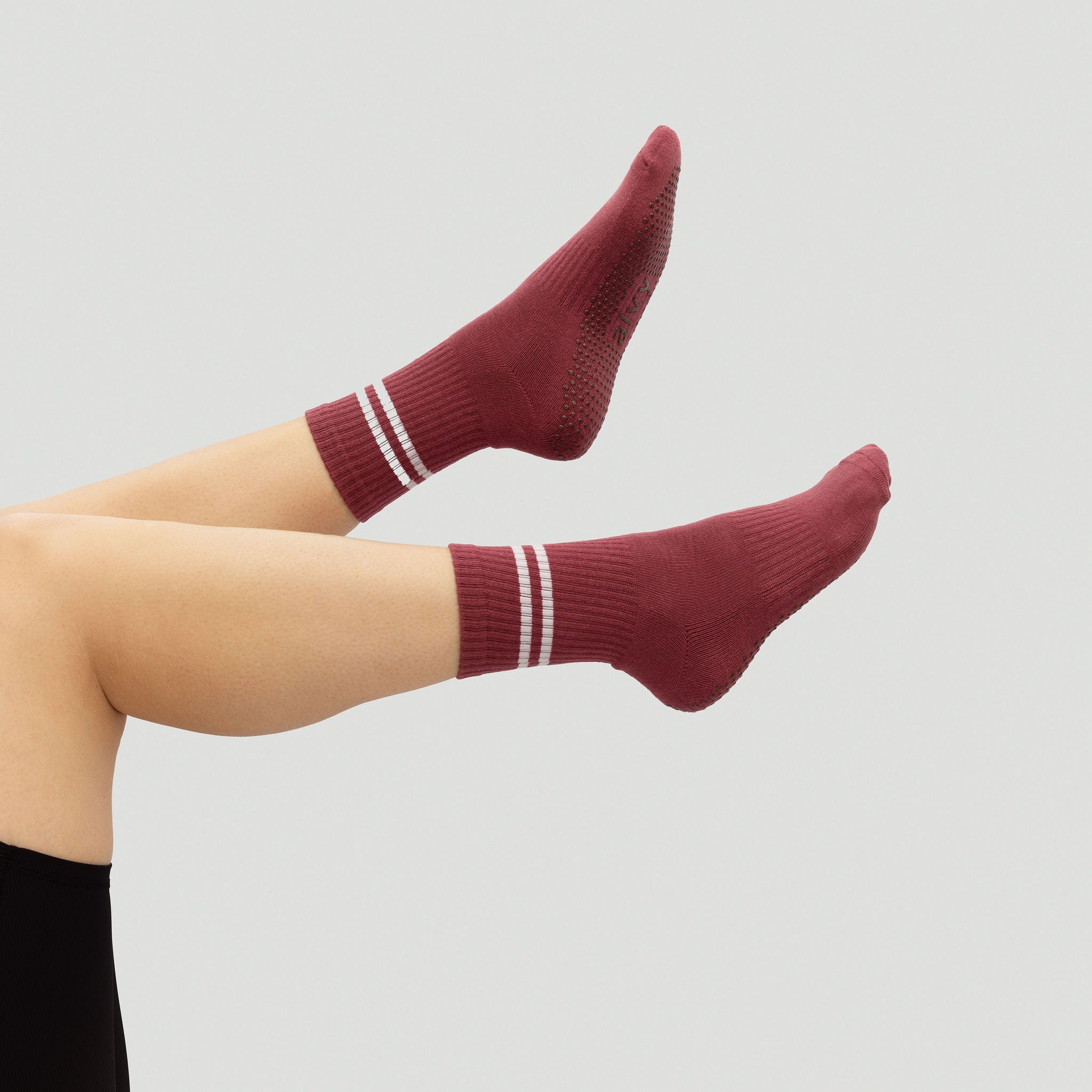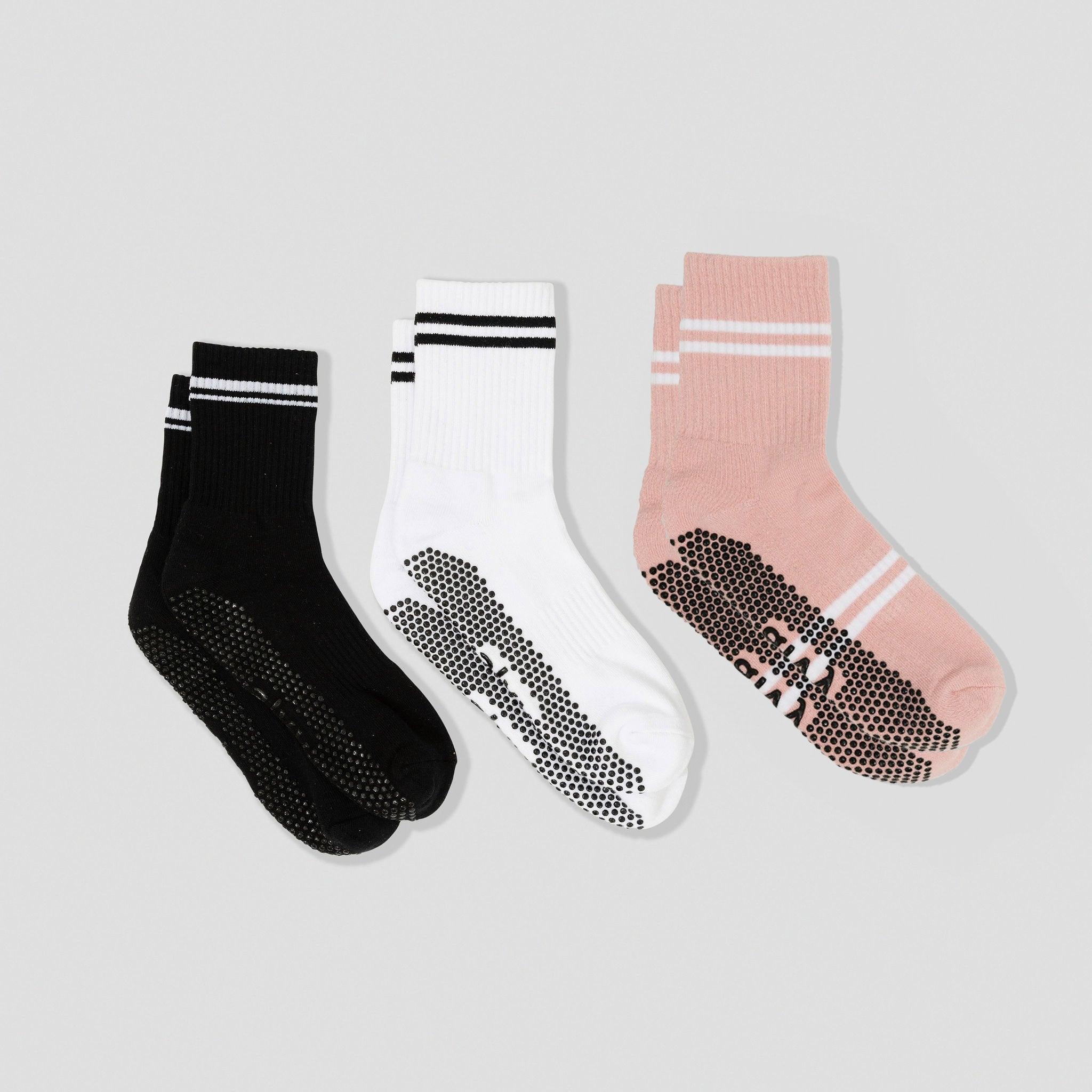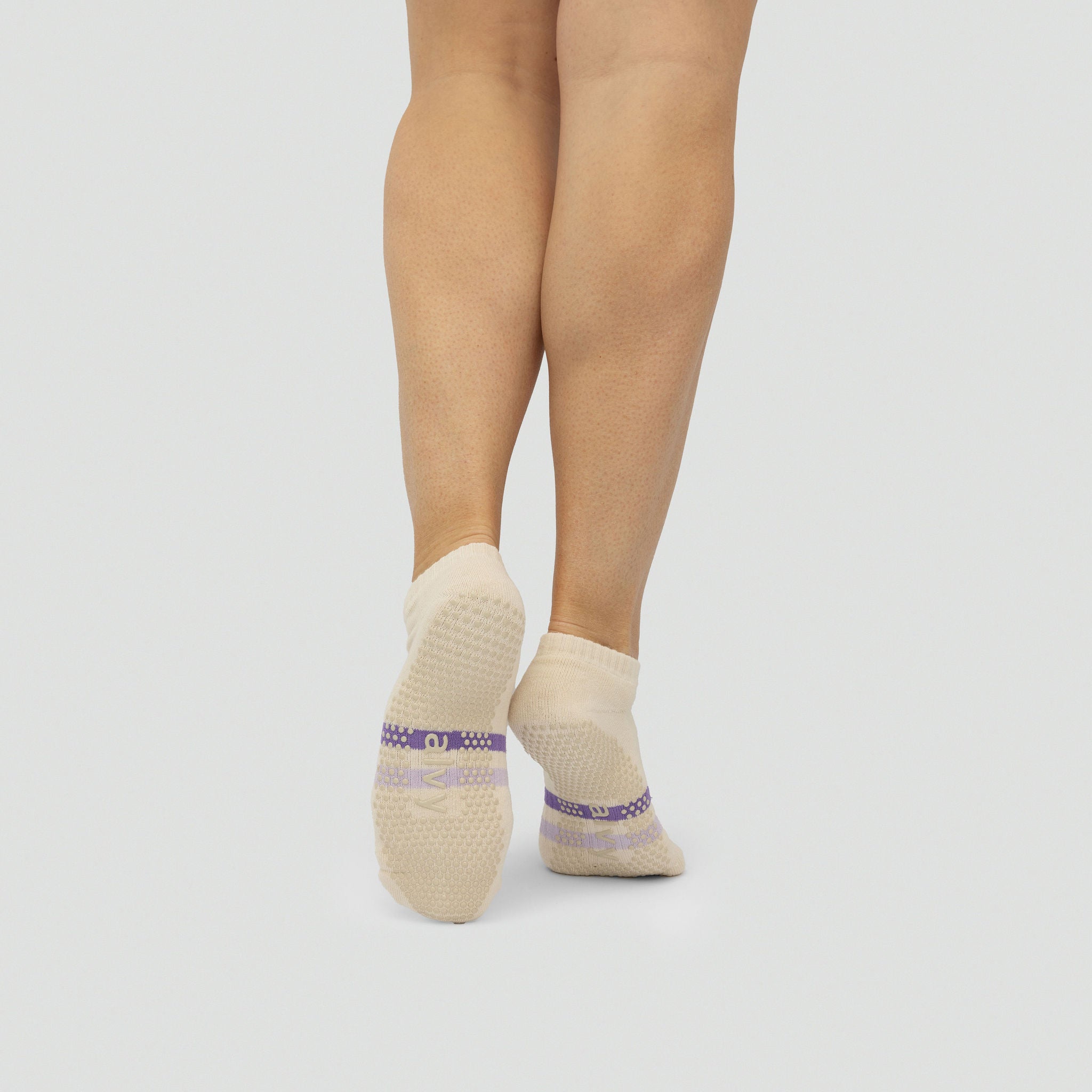Setting up a home Pilates studio can be an exciting and fulfilling project. It allows you to do Pilates in the comfort of your home, at your own pace, and whenever you want. But where do you begin? Let's start creating your dream Pilates studio at home.
Key takeaways:
- The two most important things when designing your Pilates studio at home are having enough space and creating the ambience you want.
- Too much nuisance noise can be very distracting, and you should select a location away from it.
- Adding a mirror and greenery to your workout space are cheap ways to enhance the space.
How To Design Your Own Pilates Studio At Home
1. Decide the area and space
The first step in setting up a Pilates studio at home is to choose a location.
An ideal studio space should be quiet, free from distractions, and spacious enough for unrestricted movement. This could be a spare bedroom, a second lounge or family room, or a cosy shed in the back.
When preparing the studio, it is important to consider the space needed for various exercises and equipment. At least 20 to 30 square metres of space is advisable. This will allow for a Pilates reformer, a mat, and other necessary equipment.
Plus, you also need sufficient room on either side of the reformer. This makes sure you can do pre-Pilates stretches and goes a long way to ensuring the best home Pilates workout.
2. Decide on the flow and ambience
The entrance to your Pilates studio should be inviting and establish a serene and focused atmosphere for your workout. Some good ideas include:
- A small bench or chair for changing shoes and putting on your Pilates non-slip socks.
- A basket or coat hangar mounted on the wall for towels or jackets.
- A small shelf or table for storing personal items.
The arrangement of your studio is essential for maintaining a smooth flow during your workouts.
You want to position larger equipment like reformers and chairs to use space best. Keep frequently used items such as mats and small props easily accessible. The goal is to create a space where you can move seamlessly from one exercise to the next without feeling crowded or disorganised.

Your Pilates studio should also reflect your style while remaining practical. Choose a calming colour palette, showcase inspiring artwork, and consider adding greenery to bring a natural element indoors. Mirrors are also valuable as they can create the illusion of more space and allow you to monitor your form during exercises.
3. Get the Pilates equipment you need
The foundation of any Pilates studio is its equipment.
The essential pieces include a good Pilates reformer, a mat, a stability ball, and resistance bands. While these represent an initial upfront investment, they work out cheaper than going to a studio setting every week.
Once you have the essentials, consider adding more specialised equipment, such as a Cadillac, a Wunda chair, or a spine corrector. These pieces can enhance your practice and allow you to perform more advanced exercises.
However, they are optional for a home studio, especially if you are just starting.

The Environmental Aspects To Consider
Soundproofing for zen
Maintaining a tranquil setting is essential for concentrating during Pilates sessions. To minimise outside disturbances, consider incorporating soundproofing in your studio. For some, this may be optional if you work at home or live alone.
This can be accomplished using thick curtains, carpets, and soundproof panels. This will establish a more peaceful environment and prevent the sounds of your workout from disturbing others in your home.
Appropriate lighting to create the mood you want
Lighting is important for setting the right mood in your studio. If feasible, opt for a space with windows to maximise natural light. I prefer natural lighting by positioning the reformer near a large window.
Otherwise, gentle lighting that isn’t too harsh can also be good. If possible, get a light with a dimmer installed.
Temperature control
Maintaining a suitable temperature for a productive exercise session is crucial, especially in Australia. Make sure your workout space is well-ventilated, and consider installing a fan or air conditioning for hotter periods and a heater for colder times. The appropriate temperature will assist you in maintaining your focus and feeling at ease while you exercise.
The Benefits of a Home Pilates Studio
Convenience and flexibility
One of the greatest advantages of a home Pilates studio is its convenience. You can practice at your convenience without being constrained by studio hours or commuting.
This flexibility simplifies the incorporation of Pilates into your daily schedule and helps maintain consistency in your practice.
It’s cheaper in the long run
Setting up a home studio requires an initial investment but can lead to long-term cost savings.
Attending Pilates classes in Australia can get expensive, so avoiding studio memberships, class fees, and lock-in contracts is a good idea.
Ultimately, these accumulated savings make a home studio a financially efficient choice.
It’s so you
Owning a Pilates studio enables you to customise a space according to your preferences and requirements. You can select the equipment, layout, and decorations that align best with your practice. This personalised setting can enhance the enjoyment and effectiveness of your Pilates workouts, ultimately aiding in reaching your fitness objectives.

